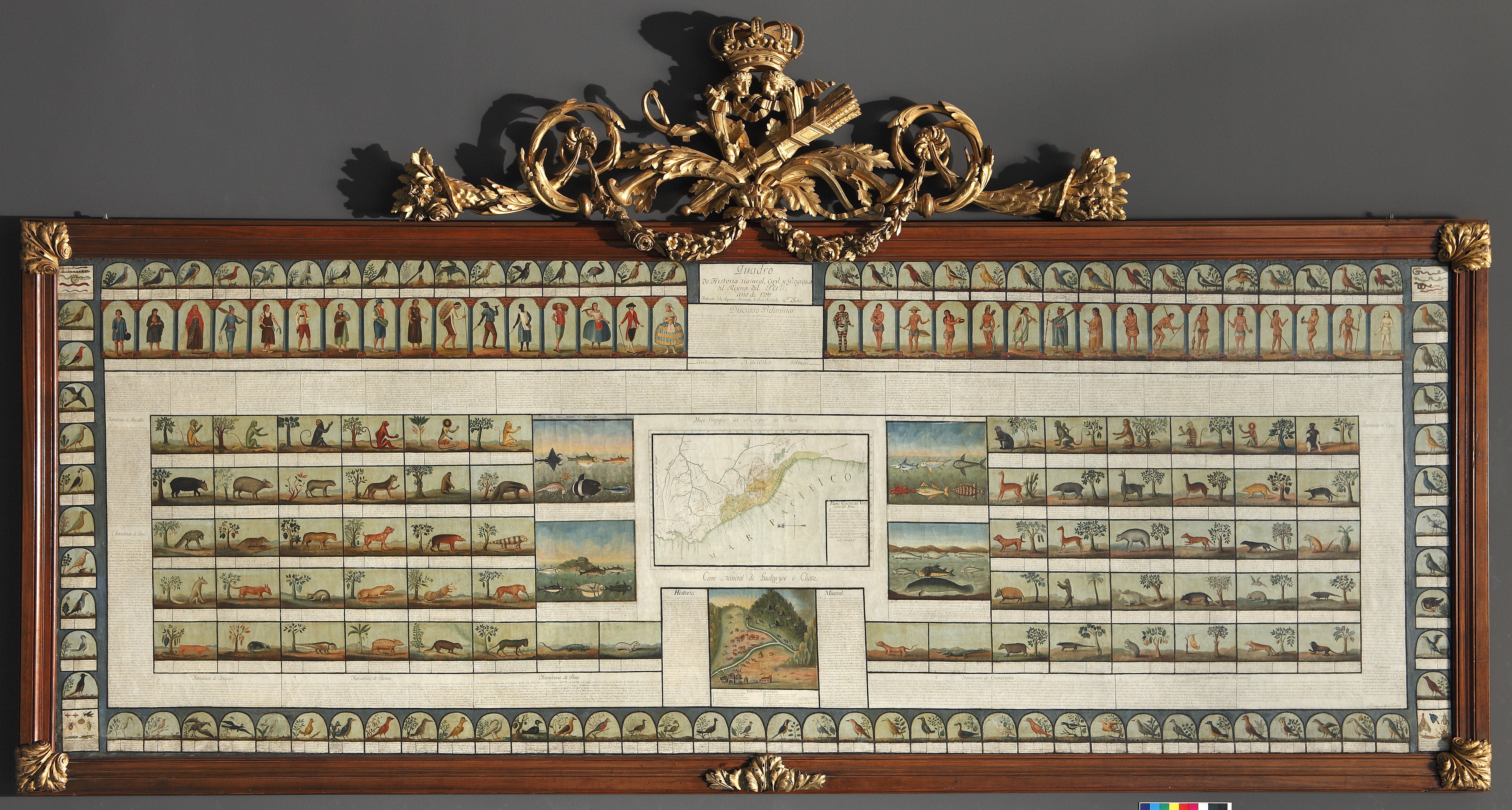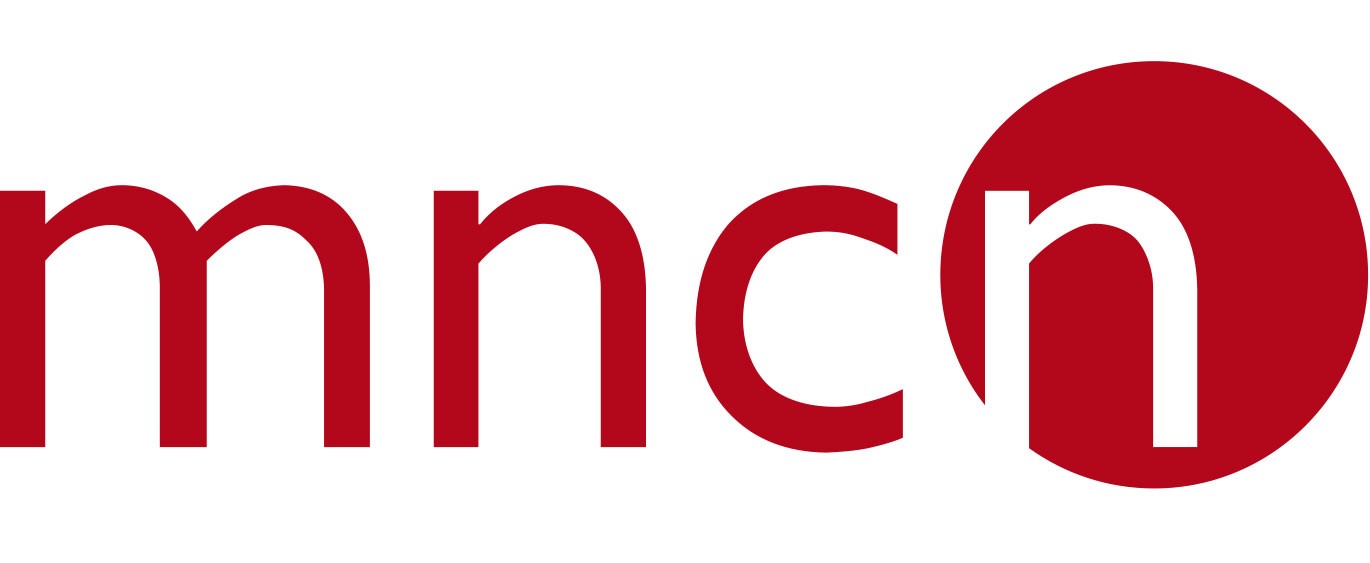Fine Arts
Introduction
The Fine Arts and Artistic Decorations Collection of the National Museum of Natural Sciences is made up of diverse origins and utilities some of which date back to the founding of the institution as the Royal Cabinet of Natural History. This range of objects is made up of paintings, sculptures, antique furniture and commemorative medals but also for goods with a specific usage, used by the Museum's staff in the 19th and 20th centuries. This heterogenous collection has been shaped through 250 years of history and represents a direct testimony of the work developed in the institution.
The Collection
The oldest pieces in the collection date back to the 18th century. Among them are some paintings of a historical nature, such as the Quadro de la Historia Natural, Civil y Geográfico del Reyno del Perú (L. Thiebaut; J. Lequanda, 1799), a work that presents a description of the geography, ethnography, flora, fauna and economic history of the Viceroyalty of Peru in two hundred scenes, or La Osa Hormiguera de su Majestad, a painting commissioned by Charles III to Rafael Mengs in 1776.
 Quadro del Perú
Quadro del Perú
The collection also includes furniture from this period: the Bookcase of the Count of Floridablanca or the Manila Table that belonged to Pedro Franco Dávila. Among the Decorative Arts, two bezoar stones mounted in silver, gastrointestinal stones of animal origin that were used as antivenoms or amulets, are especially interesting.
It is remarkable the presence of works that refer to figures that have been especially relevant to the history of the institution, such as Pedro Franco Dávila (1711-1786), whose personal collection is the main antecedent of the Royal Cabinet, or Ignacio Bolívar Urrutia, entomologist and co-founder of the Spanish Society of Natural History who served as director of the Museum between 1901 and 1936.
The fruit of research is also represented in the collection: medals and badges from International Exhibitions and Congresses from the late 19th and early 20th centuries are preserved, which bear witness to the intense scientific and dissemination activity in which the institution's researchers participated. Among them are a gold medal awarded to the Museum for its collection of minerals, presented at the National Mining Exhibition of 1883, and a set of medals from the VI International Congress of Entomology held in 1935. There is also material related to the Administration of the center, such as stamps, antique typewriters and a wooden ballot box from the 19th century.
Of more recent incorporation are contemporary works that have been part of temporary exhibitions or donations, such as the legacy of medals and badges that belonged to Juan Marcilla Arrazola (1886-1950). It is therefore an active and exceptional collection among the collections of the MNCN that brings a different vision to the study of Natural Sciences throughout the 250-year history of





